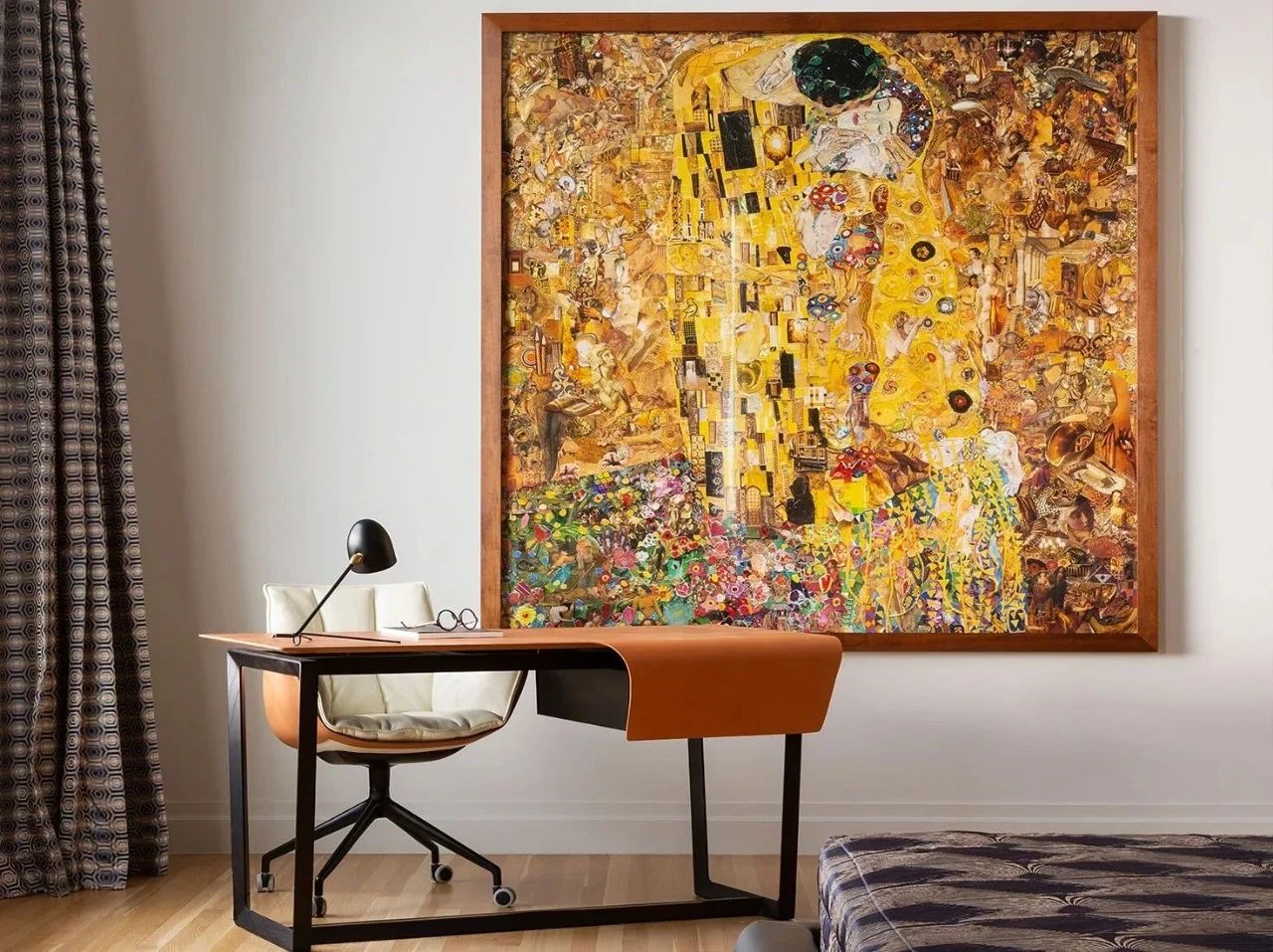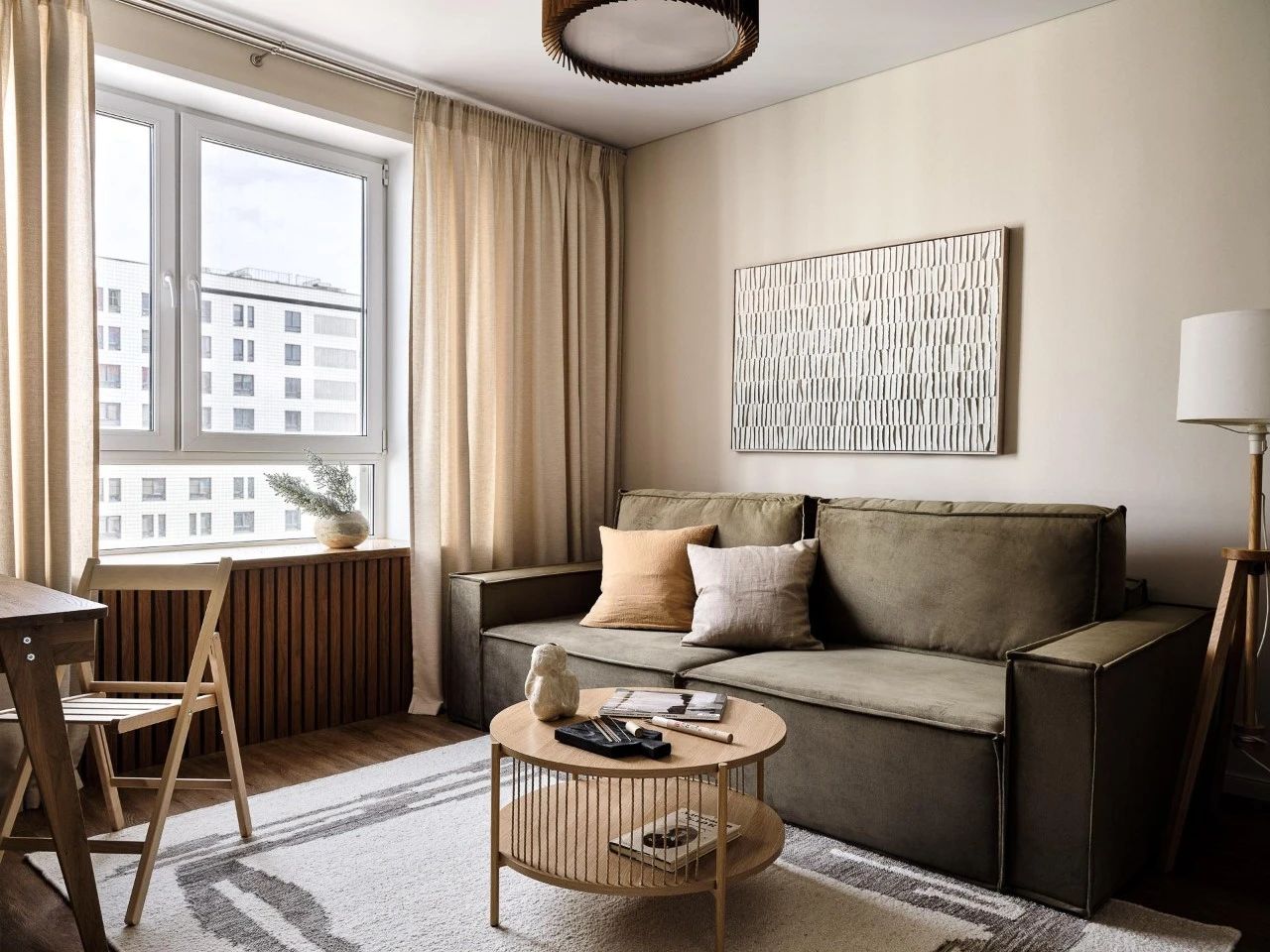Bar Street of Quanzhou HYHW Architects
2013-03-05 01:00
总体规划设计探讨了酒吧街与邻近滨水区的连接和渗透性。设计的重点是酒吧街的入口及海滨长廊的环境美化,以尽量增加公众的使用。其目的是丰富城市空间,创造互动的动态节点,连接室内和室外空间。
The masterplan design explores connections and permeability of Bar Street with the adjacent waterfront. In particular, the design focuses on the entrances to Bar Street and landscaping of the waterfront promenade to maximise public use. The aim is to enrich the urban space, creating dynamic nodes for interaction and to connect indoor and outdoor spaces.
内部街道设计采用推拉立面的策略,以缓解街道现有单调的平面状况。这一策略也用于处理建筑物的高度。
The internal street design employs a strategy of pushing and pulling the facades to relieve the existing monotonous planar condition of the street. This strategy is also used for dealing with the height of the buildings.
这四家餐馆作为锚,但提供了一个休息的外观,以提供多样性。相邻的突发性空间与滨水区相连,提高了渗透性,提高了潜在的活动能力。与商业街相比,这种设计方法使餐厅更加突出。
The four restaurants act as anchors, yet provide a break in the facade to give variety. The break out space adjacent to them connects to the waterfront improving permeability and boosting potential activity. The design approach makes the restaurants more prominent by contrast with the commercial street.
选择材料时,仔细考虑了固体和空隙的平衡。使用固体和透明材料来强调街道两侧之间的对比关系。透明和不透明的彩色玻璃被用于面对水的FAOCade上,而相比之下,另一个立面更坚固。固体材料包括石材、瓷砖、金属和少量普通抹灰。
The balance of solid and void was carefully considered when selecting materials. Solid and transparent materials are used to emphasise the contrasting relationship between the two sides of the street. Transparent and opaque coloured glass is used on the façade facing the water, while in contrast, the other facade is more solid. Solid materials include stone, ceramic tiles, metal and a small proportion of plain render.
 举报
举报
别默默的看了,快登录帮我评论一下吧!:)
注册
登录
更多评论
相关文章
-

描边风设计中,最容易犯的8种问题分析
2018年走过了四分之一,LOGO设计趋势也清晰了LOGO设计
-

描边风设计中,最容易犯的8种问题分析
2018年走过了四分之一,LOGO设计趋势也清晰了LOGO设计
-

描边风设计中,最容易犯的8种问题分析
2018年走过了四分之一,LOGO设计趋势也清晰了LOGO设计
























































